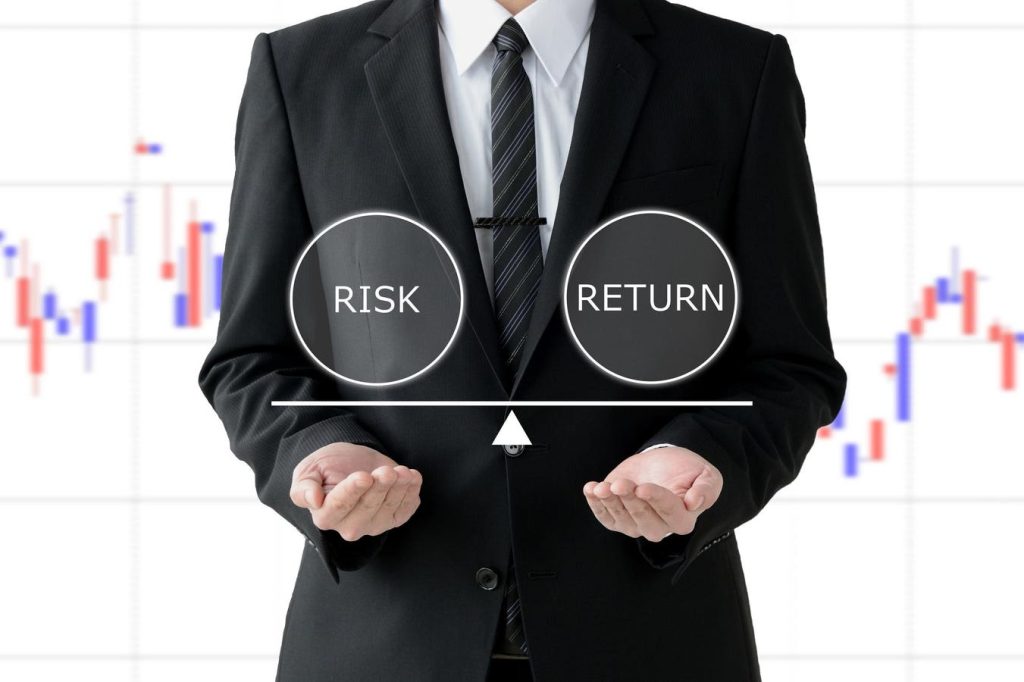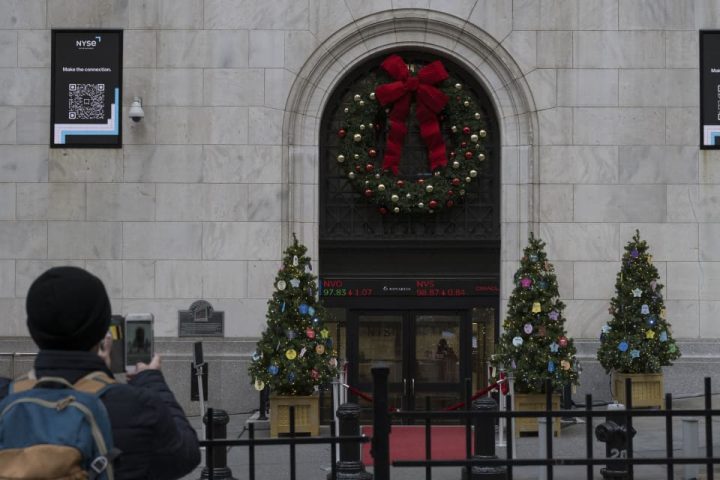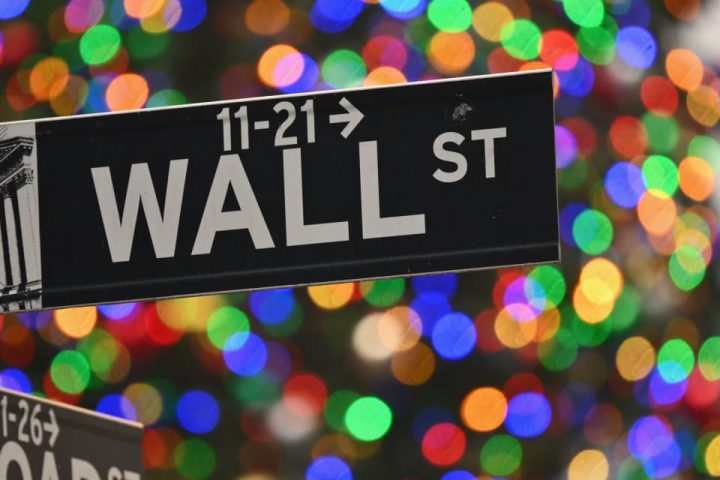With the S&P 500 up double-digits this year, the media is at it again—cranking up worries that we’re headed for another crash.
“Stock-Market Crash: Expert Shares Huge ‘Red Flag’ Signaling Recession,” says Business Insider. “Will the Stock Market Crash? This Hedge-Funder Thinks So,” declares New York Magazine.
And on it goes.
I suppose it makes sense, given that the S&P 500’s roughly 19% gain so far this year is a lot more than its typical return. Thing is, 2023 does not exist in a vacuum divorced from history, and just a tiny bit of history shows we’re not yet in a bull market, and stocks are not overheated, despite their recent gains.
And as we know at CEF Insider, we can give ourselves an extra discount, and the greater peace of mind that comes with it, when we buy our stocks through closed-end funds (CEFs) trading at discounts to net asset value (NAV, or the value of their underlying portfolios).
Without taking dividends into account, we’re still about 5% from the peak, which we hit in the first couple days of 2022. And with dividends, we’re 2.1% from the peak. In other words, we’re recovering from 2022’s bear market, but we are not in a bull market yet.
This difference is important because if stocks were to simply move sideways over the next year, they wouldn’t get back to their peak point in about three years. That would mean a total of five years of flat stocks, an event that hasn’t happened since the dot-com boom.
Before that, this only happened three other times, all of which make sense: after the 1920s stock-market crash, as a result of the 1973 oil embargo, and during World War II.
Unfortunately, there isn’t much these precedents can tell us about today. I don’t think we can prepare for World War III, for example. Stocks (and for that matter money!) probably won’t matter much if that ever happens. And we obviously aren’t in a depression.
As for 1973, a return of similar conditions as we saw back then was a risk in early 2022 (that’s why the market crashed even when the data was good—anxiety about this scenario was just too high). And if we had high inflation and low growth like in the 1970s, stocks and the economy would struggle for a long time.
But that’s not how it played out, with inflation tumbling and now creeping ever closer to the Fed’s target range.
Inflation, after soaring in 2022, started to drop in the second half of that year. This is very different from the two years beginning with the oil embargo.
The reason for the difference is, of course, the Fed: back then, the central bank’s monetary policy was loose, and now, as we all know well, the Fed has steadily hiked interest rates and is dedicated to keeping them higher for longer.
The upshot here is that if we don’t have the major crises of the past that caused years of low returns, and if stocks aren’t still fully recovered, we have a great setup for buying.
GDV: Managed Risk With Managed Payouts
Despite this, many people are still wary of jumping into stocks, and after the wild ups and downs of the last few years, I can’t blame them.
This is where a CEF like the Gabelli Dividend & Income Trust (GDV) can help. The fund pays a monthly dividend that yields 6.5% on an annualized basis while giving us a diversified collection of proven large caps like Mastercard
MA
MDLZ
Those are all lower-volatility names on their own. Plus, if you’re concerned about having too much stock exposure, you can draw off that 6.5% income stream and invest it somewhere else while you wait for this market to shift from recovery to further growth.
And thanks to GDV’s value-investing focus and selection of stocks with sustainable gains and reliable growth, the fund has produced stable dividends for a long time.
GDV also is getting less investor attention in 2023, not more, despite its portfolio seeing a bump as stocks gain steam. That’s pushed its discount to net asset value, or the gap between the fund’s portfolio value and its market price, into the high double digits. (Though it is showing some momentum lately, which is a trend we like to see in CEFs—a discount that’s still wide but starting to disappear.)
The bottom line here is that as we see more investor interest in CEFs as stock-market gains continue, thanks to falling inflation and the need to catch up from 2022’s decline, this $2.5-billion fund’s discount will likely go back to the 2.4% discount it had in 2018. As that happens, it will unlock capital gains, on top of GDV’s income stream.
It’s just a matter of waiting for more investors to jump in to CEFs. But after a year on the sidelines, I expect that time is coming sooner rather than later.
Michael Foster is the Lead Research Analyst for Contrarian Outlook. For more great income ideas, click here for our latest report “Indestructible Income: 5 Bargain Funds with Steady 10.9% Dividends.”
Disclosure: none
Read the full article here







